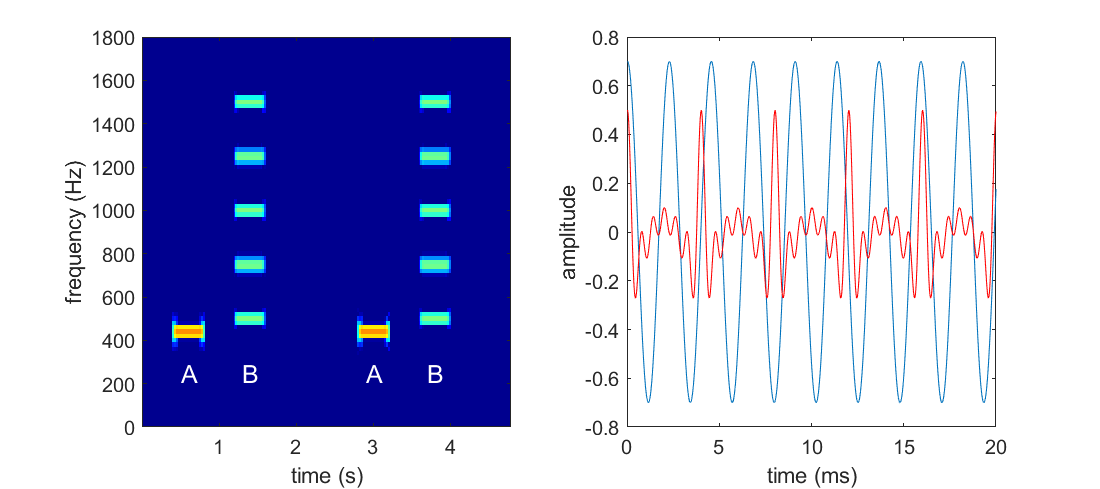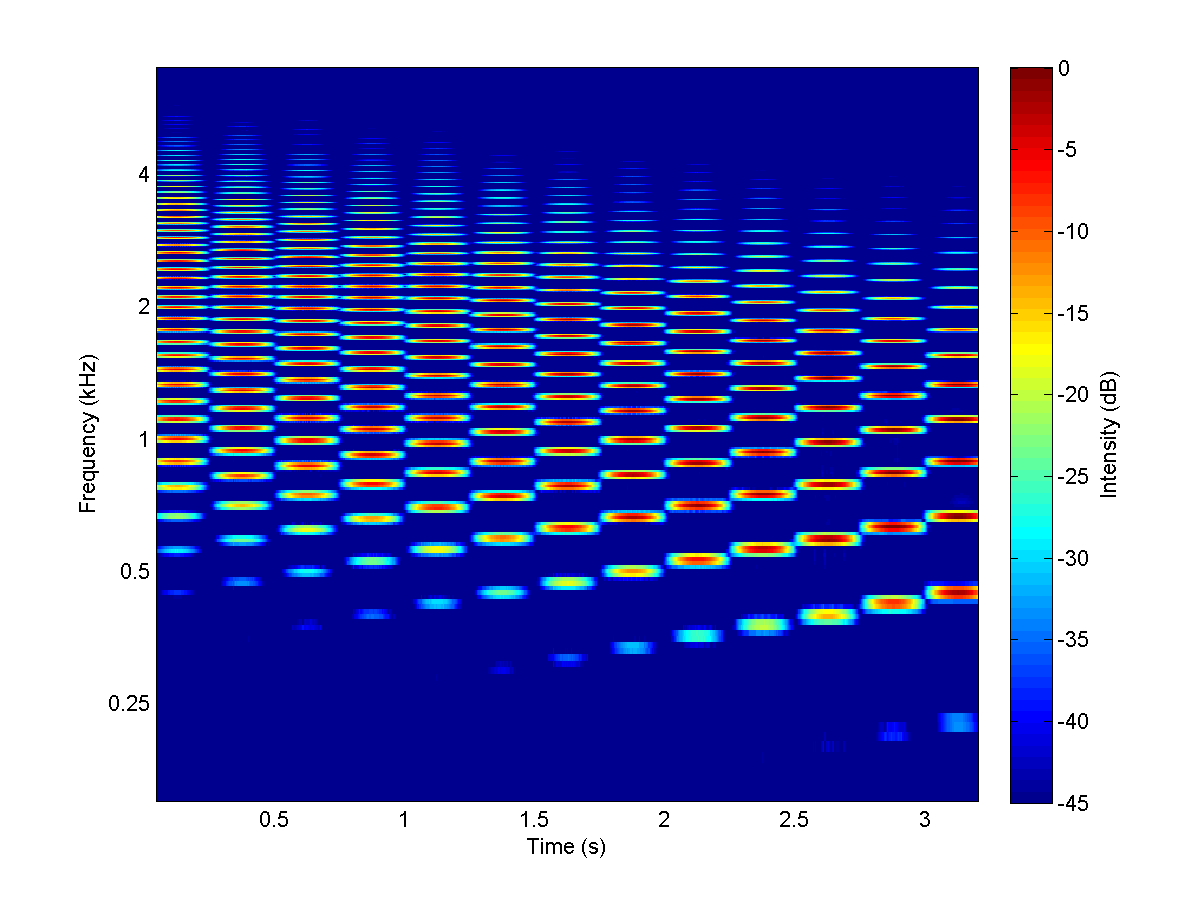The fact that tone complexes with missing fundamentals can be perceived to have a pitch that is below their lowest frequency component can have counterintuitive consequences.
Consider the tone sequence shown in the spectrogram here:

A 440 Hz pure tone (labelled "A") alternates with a tone complex containing frequencies 500, 750, 100, 1250 and 1500 Hz (labelled "B"). All frequencies in B are above the frequencies in A, but nevertheless when you listen to these stimuli you may find that B sounds lower because the pitch of B is perceived to be that of a missing 250 Hz fundamental.
Note also that most people find it quite hard to judge what the relative pitches of the A and B sounds really are because their timbre is so different. That just highlights that pitch is complicated, and that it would be naive to think that it is a simple mapping of tonotopic, cochlear place coding to perception.
The panel on the right shows the waveforms of the two sounds, with the "A" sound in blue and the "B" sound in red. Note that the A sound has a pattern that repeats every 1000/440=2.27 ms, as you might expect, but the B sound has has a pattern that repeats only every 4 ms because its harmonics beat at the fundamental. Thus, the A sound "cycles faster" than the B sound, and "timing theories of pitch" would predict that it should therefore have a higher pitch.
Or here is another example:

The sounds in this spectrogram are harmonic complexes with a fundamental frequency that rises from 110 to 220 Hz in semitone steps. So the pitch should be rising from the musical notes A2 to A3. But the harmonic complexes have been bandpass filtered to be 3.5 octaves wide with the lower edge of their passband falling from 880 Hz to 440 Hz. So the frequency components become increasingly lower, but the pitch should get higher, at least in as far as harmonic structure is the dominant pitch cue. Do the pitches sound falling or rising to you?
